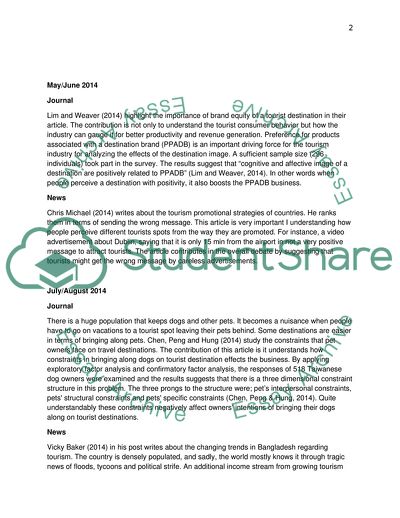Cite this document
(Understanding Consumer Tourist Behaviour Literature review Example | Topics and Well Written Essays - 1750 words, n.d.)
Understanding Consumer Tourist Behaviour Literature review Example | Topics and Well Written Essays - 1750 words. https://studentshare.org/tourism/1881254-compare-the-contribution-to-the-understanding-of-tourist-consumer-behaviour-of-one-academic-journal-choose-from-annals-of-tourism-research-journal-of-vacation-marketing-current-issues-in-tourism-international-journal-of-tourism-research-tourism-manag
Understanding Consumer Tourist Behaviour Literature review Example | Topics and Well Written Essays - 1750 words. https://studentshare.org/tourism/1881254-compare-the-contribution-to-the-understanding-of-tourist-consumer-behaviour-of-one-academic-journal-choose-from-annals-of-tourism-research-journal-of-vacation-marketing-current-issues-in-tourism-international-journal-of-tourism-research-tourism-manag
(Understanding Consumer Tourist Behaviour Literature Review Example | Topics and Well Written Essays - 1750 Words)
Understanding Consumer Tourist Behaviour Literature Review Example | Topics and Well Written Essays - 1750 Words. https://studentshare.org/tourism/1881254-compare-the-contribution-to-the-understanding-of-tourist-consumer-behaviour-of-one-academic-journal-choose-from-annals-of-tourism-research-journal-of-vacation-marketing-current-issues-in-tourism-international-journal-of-tourism-research-tourism-manag.
Understanding Consumer Tourist Behaviour Literature Review Example | Topics and Well Written Essays - 1750 Words. https://studentshare.org/tourism/1881254-compare-the-contribution-to-the-understanding-of-tourist-consumer-behaviour-of-one-academic-journal-choose-from-annals-of-tourism-research-journal-of-vacation-marketing-current-issues-in-tourism-international-journal-of-tourism-research-tourism-manag.
“Understanding Consumer Tourist Behaviour Literature Review Example | Topics and Well Written Essays - 1750 Words”. https://studentshare.org/tourism/1881254-compare-the-contribution-to-the-understanding-of-tourist-consumer-behaviour-of-one-academic-journal-choose-from-annals-of-tourism-research-journal-of-vacation-marketing-current-issues-in-tourism-international-journal-of-tourism-research-tourism-manag.


